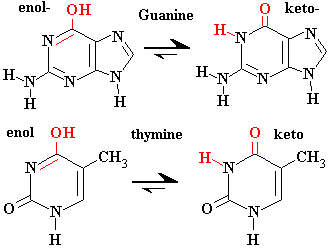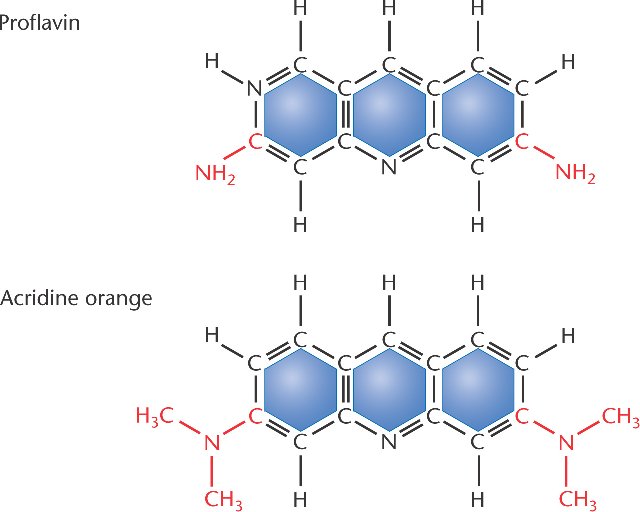The Molecular Basis Of Mutation
The Molecular Basis Of Mutation Assignment Help | The Molecular Basis Of Mutation Homework Help
The Molecular Basis of Mutation
Gene mutations at the molecular level involve modification of one base by another by another, or addition or deletion of one or more bases by another, or addition or deletion of one or more bases. Mutations may be spontaneous or induced.
I. Spontaneous mutations
Mutations which occur under natural conditions are called spontaneous mutations. It should be noted that some spontaneous mutations arise by the action of mutagens present in the environment. These mutagens include cosmic radiation, radioactive compounds, heat, and such naturally occurring base analogues like caffeine. These will be considered under ‘induced mutations’ as they are external agents bringing abut mutations. Truly spontaneous mutations that will be dealt with here are those arising from tautamerism.Tautomerism. The ability of a molecule to exist in more than one chemical form is called tautomerism. All the four common bases of DNA have unusual tautomeric forms, which are, however, rare. The normal bases of DNA are usually present in the keto form.

II. Induced mutations
A variety of agents increase the frequency of mutation. Such agents are called mutagens.A. Chemical Mutagens
The first chemical mutagen discovered was mustard ‘gas’. Chemical mutagens can be classified according to the way in which they bring about mutations: (1) base analogues which are incorporated into DNA instead of normal bases, (2) agents modifying purines and pyridines and agents labializing bases, and (3) agents producing distortions in DNA.(1) Base Analogues. A chemical substances resembling in base is called a base analogue. A base analogue may be incorporated into newly synthesized DNA instead of a normal base. DNA from any sources contains methylated bases.

(2) Agents modifying purines and pyrimidines or agents which labilize the bases include nitrous oxide, hydroxylamine and alkylating agents.
(i) Nitrous oxide (HNO2) reacts with bases containing amino groups. It can change the structure of such bases by deamination (removal of the amino group).
(ii) Hydroxylamine (NH2 OH) is very specific in its action. It reacts mainly with cytosine and guanine and brings about transitions and mispairing.
(iii) Alkylating agents are most widely used mutagenic reagents. The main chemical reaction of these agents is alkylatin at the N-7 position of guanine residues or at the N-3 position of adenine residues.
(3) Agents producing distortions in DNA. Certain fluorescent acridine dyes such as proflavine and acriding orange cause mutations by insertion or deletion of bases
.
(i) Intercalation resulting in insertion of base. Intercalation of the acridine molecule between two bases of the template strand results in the lengthening of the DNA molecule.
(ii) Intercalation resulting in deletion of base. The acridine molecule may be inserted in the new chain during synthesis.

For more help in The Molecular Basis of Mutation please click the button below to submit your homework assignment.